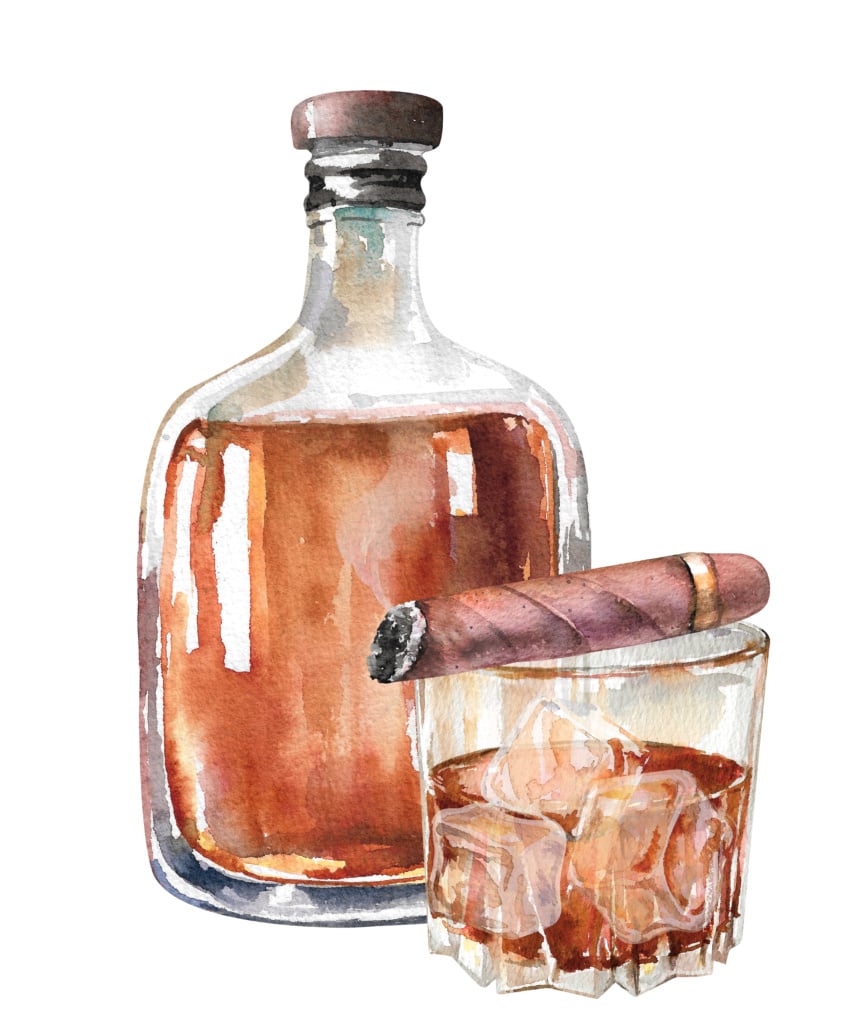Does Whisky Get Better With Age?

One of the first things people notice when choosing a bottle is the age statement, so surely if you purchase a ten-year-old whisky today and leave it unopened for ten years, it should become a twenty-year-old whisky, and that will surely taste better, right?
Sadly:
That’s not quite how it works! Whisky only gets better with age while it is maturing in casks. Once bottled, however, whisky stops ageing entirely, and no longer improves with time as no further interaction with wood occurs, meaning no further development in flavour or quality.
During maturation however, the spirit interacts with the wood, drawing out flavours and colours over time. The temperature of the storage environment plays a key role too. Warmer conditions cause the wood to expand, allowing the whisky to penetrate the oak and extract flavour more quickly.
In cooler temperatures, the wood contracts, pushing the whisky back out along with those extracted compounds. This cycle creates the complex character that mature whiskies are known for.

What if the Bottle Is Opened?
Whisky does not spoil in the way milk or juice does, but it can oxidise once opened. When air enters the bottle, it begins to change the flavour slowly. This is not necessarily a bad thing at first, and some oxidation can actually soften the spirit.
However, over time, it may lose the characteristics that made it appealing in the first place.
To preserve an opened bottle, always reseal it tightly. If a bottle is only used occasionally, check the cap regularly to ensure it has not loosened. If the whisky level drops below half, consider transferring it to a smaller bottle to reduce the amount of air inside, which slows the oxidisation process and helps maintain flavour.

What Do Age Statements Mean?
Age statements on whisky labels indicate the number of years the youngest whisky in the bottle spent in the cask.
So if a blend includes a mix of twelve-year-old and twenty-year-old whiskies, the label will still state twelve years old. This applies to all types of whisky whether single malts, blends, or bourbons.
Does Whisky Go Bad or Change in the Bottle?
If stored properly, a bottle of whisky can last indefinitely. Factors such as temperature, light, and humidity all affect how well a whisky holds its flavour and appearance.
A cool, dark place is ideal think cupboards, drinks cabinets, or wine cellars. Whisky should be kept away from direct sunlight as ultraviolet rays can damage both the flavour and colour.
High temperatures can cause whisky to evaporate faster and may affect its taste, so it is best to avoid warm environments.
Humidity can also be an issue, especially for collectors. Damp conditions may cause mould to grow on labels, which reduces the value of collectible bottles. If you must store whisky in a humid location like a basement, consider using airtight bags to protect the labels.
Always store whisky bottles upright. This prevents the liquid from damaging the cork, which can crumble and contaminate the whisky over time.

How to Tell if a Whisky Has Gone Off?
It is rare for whisky to go off completely, especially if stored correctly. A mouldy cork or an unusual odour or taste might be a sign that it is time to let go of a bottle, but this is uncommon. Generally, if the whisky still tastes good to you, it is fine to drink.
And if you do try a bottle that has been open for years, do not worry, it is extremely unlikely to make you ill. At worst, it might simply not taste as vibrant as it once did.
Final Thoughts
So, does whisky get better with age? Only while it is in the cask. Once bottled, the ageing process stops. But with the right storage, your whisky can stay in excellent condition for many years to come.
If you have a collection gathering dust, now might be the perfect time to check on it, and perhaps enjoy a tasting session to see which bottles still shine.

 4.8/5 with 3,700+ reviews
4.8/5 with 3,700+ reviews





